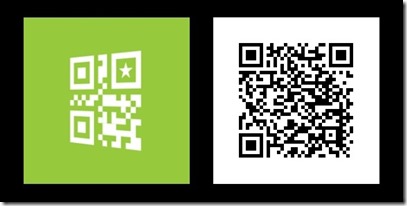My thoughts on the new certification process for Windows Phone apps
Two weeks ago, I submitted a Windows Phone app for certification. Twenty minutes later, I received an email saying my app had passed certification. I shook my head and couldn’t believe it. When the app was available in the store an hour later, I thought that Microsoft must have had a bug in the certification process. For months, the processing time for apps had been 4-5 days. The next day, the Windows Phone blog published a post explaining the new process. It cleared up my confusion.
For every change that Microsoft does, there are always people who will complain. Personally, I was extremely happy with this change. When I submitted my first app in January 2011, it took me a full week to obtain the certification result. Unfortunately, my first submission didn’t pass. I’ll always remember that the failure was due to an issue that occurred after 17 steps. The tester actually wrote those 17 steps down for me. I was impressed that they were so thorough. I knew they were also attentive to whether an app would work well in the light and dark theme and that the hardware back button needed to work perfectly.
Many updates and new apps later, I found myself getting more and more impatient to get the certification results. It is always wonderful when certification is successful, but when it fails, I had the impression I was losing two weeks. The wait was sometimes even more problematic if an app had a recurrent crash that users were facing and the testers didn’t catch it. It is stressful and you feel powerless. Contacting Microsoft to speed up the process was impossible, because an external agency deals with app certification.
If a developer is serious about marketing a new app, he will be careful and he is most likely to beta test his app with users/testers. If he doesn’t care about testing his app, he might get punished in reviews and ratings. It is not because an app is free that users decrease their expectations. Users don’t hesitate to raise their voice when issues arise.
For these reasons, I prefer that apps get approved quickly and I feel it is the responsibility of the developer to make his app shine with few or no hiccups!
What are your thoughts?
PS: The process doesn’t to apply to every new app and update yet, but it will soon. Be patient!




